Wildebeest Migration Facts
The Serengeti Wildebeest Migration in Tanzania is one of the most spectacular wildlife phenomena on Earth. Every year, 1.5 million wildebeest, 200,000 zebras, and hundreds of antelopes make their way across the huge savannahs of Tanzania and Kenya in search of food and safety.
For a lot of safari-goers, seeing this epic journey is the best part of their Tanzania Safari Tours. Apart from being just a show, the migration also helps them comprehend nature better.
Here are 15 Wildebeest Migration Facts that depict how big it is, how it works, and how mysterious it is.
1. The Great Migration is the Largest Land Migration on Earth
The Great Migration is the biggest migration of animals across land on the globe. There are more than 1.5 million wildebeest, along with zebras, Grant’s gazelle, Thompson’s gazelle, eland, impala and other animals that live on the plains.
The migration goes all the way from the Serengeti National Park in Tanzania to the Masai Mara in Kenya, making a loop that lasts all year. It's one of the most iconic events featured in our Tanzania Safari Packages.
2. It Follows a Circular and Continuous Path
The Wildebeest Migration Cycle is not a single event but a continuous trip going clockwise that lasts about 800 km (500 miles) annually.
Based on when it rains, the animals start their movement from the southern Serengeti. Then, the herds pass through western and northern corridors, reach Kenya and finally loop back. This cycle makes every season in the Serengeti unique for safari experiences.
Circular and Continuous Path
3. Rainfall Determines the Entire Journey
Wildebeest follow the rainclouds and not a set route. Their movements depend on the rain that makes new grass grow across the plains. This makes the movement unpredictable and ever-changing, but it still follows a general pattern that helps people plan their Tanzania safari.
4. Calving Season is a Burst of New Life
The southern Serengeti turns into a nursery from January to March, especially in February.
Nearly 500,000 calves are born each year at the beginning of the Wildebeest Migration Cycle. Around mid-February, every day for about 3 weeks, almost 8,000 babies are born.
This is a great time to plan a Tanzania Safari Tour focused on wildlife photography and predator sightings.
5. Calves Walk Minutes After Birth
Newborn wildebeest are incredibly resilient. In a few minutes, they can stand up, and in an hour, they can run.
Their fast growth is necessary for their survival, as predators are closely following the calving herds. They have to keep up with the migrating herds to avoid being caught. It’s a classic example of how instinct helps you survive in the wild.
Calves Walk Minutes After Birth
6. Herds Often Split into Smaller Groups
There is no natural leader among the herds of wildebeests. Therefore, the herds split up and move in different directions.
Usually, as the migration progresses, there is one mega-herd which are surrounded by a number of smaller herds.
Serengeti wildebeest Migration Maps that you see on the web usually depict the movement of the mega-herd. But if we include the smaller herds, then the entire migration episode would cover half of the Serengeti.
7. Wildebeest Move as a Collective Force
What looks like random movement is really a type of swarm intelligence. Wildebeest move as a unit, going around obstacles, staying away from predators, and taking safer paths together.
This ability to work together without a leader is a strong evolutionary feature and one of the less well-known aspects of the Wildebeest Migration Facts.
8. River Crossings Are the Most Dramatic Moments
The River Crossings Wildebeest Migration at the Mara and Grumeti Rivers are the most anticipated part of the migration. These events occur between July and October, depending on the rains, and people from all over the world come to see nature at its most extreme.
9. River crossings can be a deadly game
The rivers are filled with deadly predators. Especially the Nile crocodiles lying in wait for the herds of wildebeests.
They hold their prey in their muscular teeth and pull them down into the water, twisting them to shatter them into bite-sized pieces!
A crocodile may reach out more than half of its body length from the water to capture a possible prey. It can also use its tail as a second weapon.
Wildebeest also face muddy banks, strong currents, and panic-induced stampedes. Many drown or are trampled.
10. The Herd Waits for One Brave Leader
Before crossing the river, thousands of wildebeest assemble on the bank, not knowing who will go first.
The tension rises until one brave person jumps into the water, which starts a frenzied cascade. It's a test of patience for both the wildebeest and the tourists who have come to witness the event during their Travel in Tanzania
11. Witness Circle of Life in the Great Migration
The Serengeti Wildebeest Migration kills about 250,000 wildebeest and 30,000 zebras every year. This can happen because of thirst, hunger, or fatigue or because of animals running at high speeds, crushing or killing them.
But many predators, like cheetahs, leopards, crocodiles, lions, and African wild dogs, also follow the Great Migration to eat the wildebeest. Life truly does go in full circles in the Serengeti.
12. Zebras and Wildebeest Migrate Together but Eat Differently
It may be hard to understand how zebras and wildebeest can eat and drink together while they are on the move, looking for food and water. The answer lies in the way they eat.
Wildebeests like the shorter, softer grass shoots that are closer to the ground. Zebras eat the longer tops of grass blades.
They can eat in harmony because they eat different parts of the same grass. So, they can graze in the same areas on the Serengeti plains.
Zebras and Wildebeest Migrate
13. Different Species Offer Mutual Benefits
Zebras have excellent memories and can reveal migration pathways. Wildebeest are in large numbers, which reduces the likelihood of being eaten by a predator.
They collaborate to keep each other safe, forming a strategic alliance that benefits both of them while also diversifying tourists' Tanzania Safari Tour experiences.
14. The Migration Attracts Thousands of Predators
The Serengeti plains are home to more than 3,000 lions. They follow the herds with cheetahs, leopards, hyenas, and wild dogs, and they rely on the migration for hunting opportunities. This makes the migration a busy time for game drives and tracking animals.
15. Conservation Efforts Sustained the Modern Migration
Though it feels ancient, the large-scale migration we see today began in the 1960s, after conservation efforts helped wildebeest populations grow.
Protected areas and responsible tourism have kept the migration a symbol of Africa's untamed beauty. This is thanks to the Tanzania Tour Operator that cares about conservation.
Millions move, none lead, and somehow it works—wildebeest, zebras, and instincts collide in a dusty ballet where survival, teamwork, and grass preferences keep the Serengeti migration perfectly in sync.






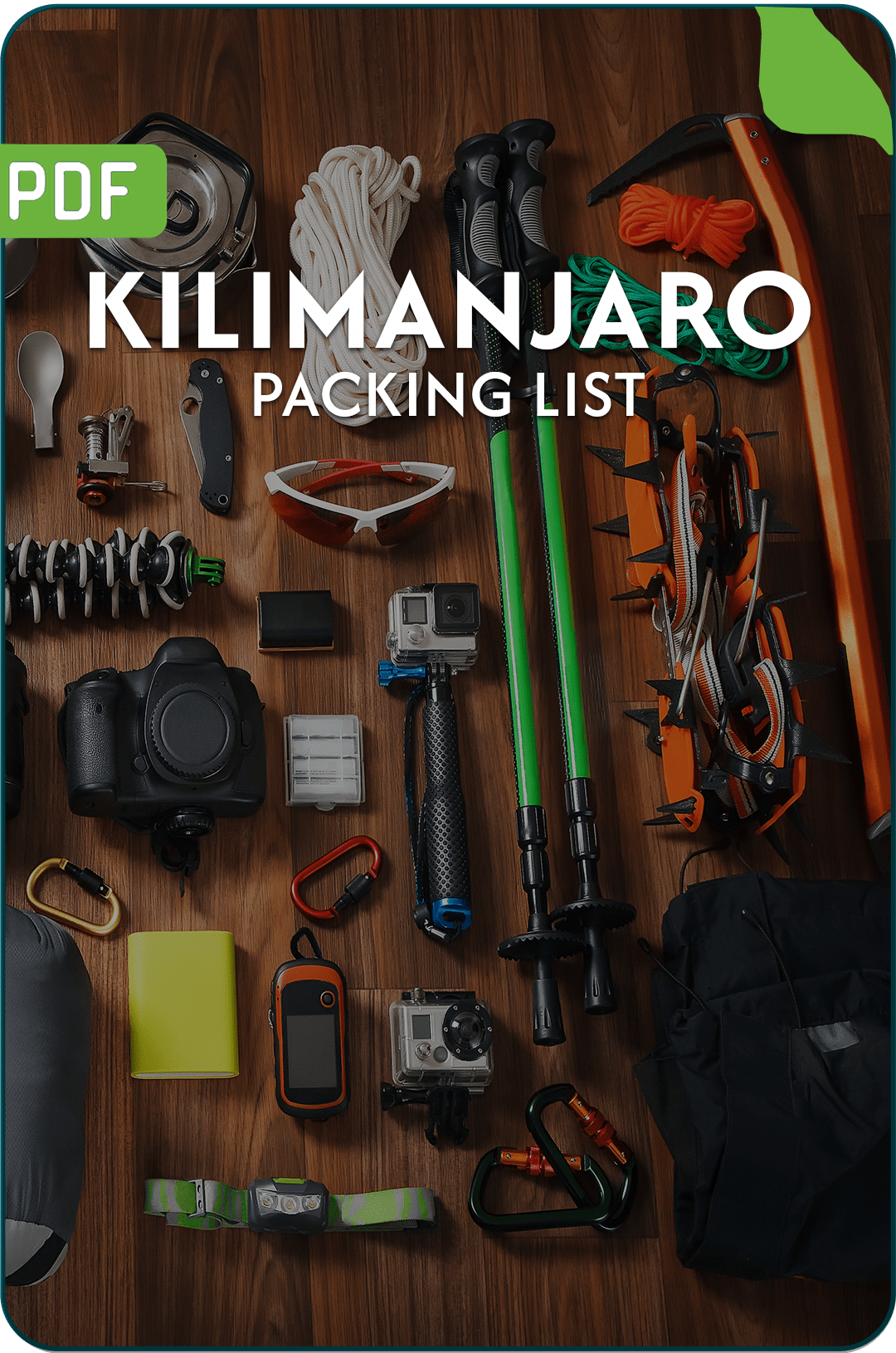
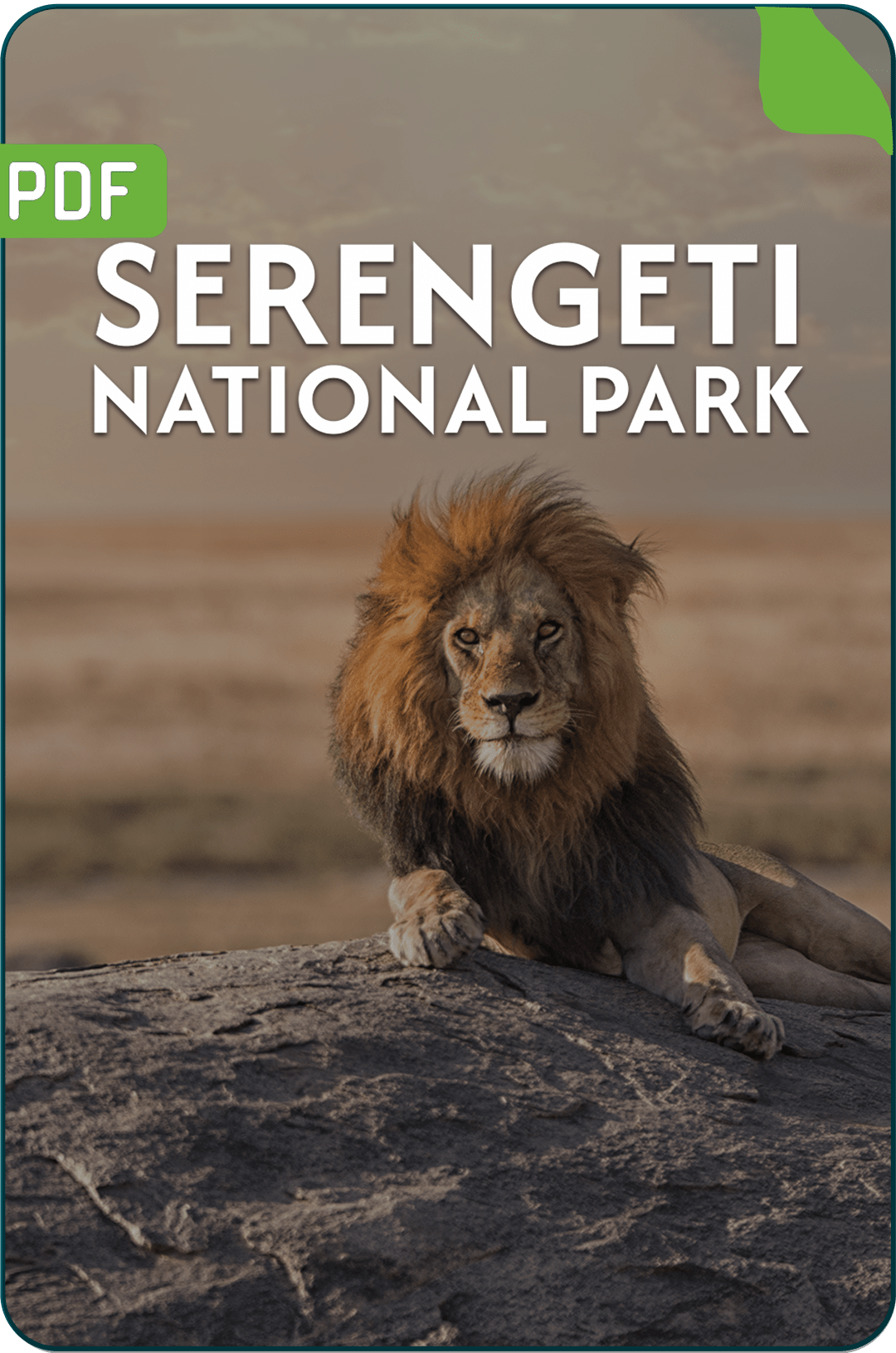
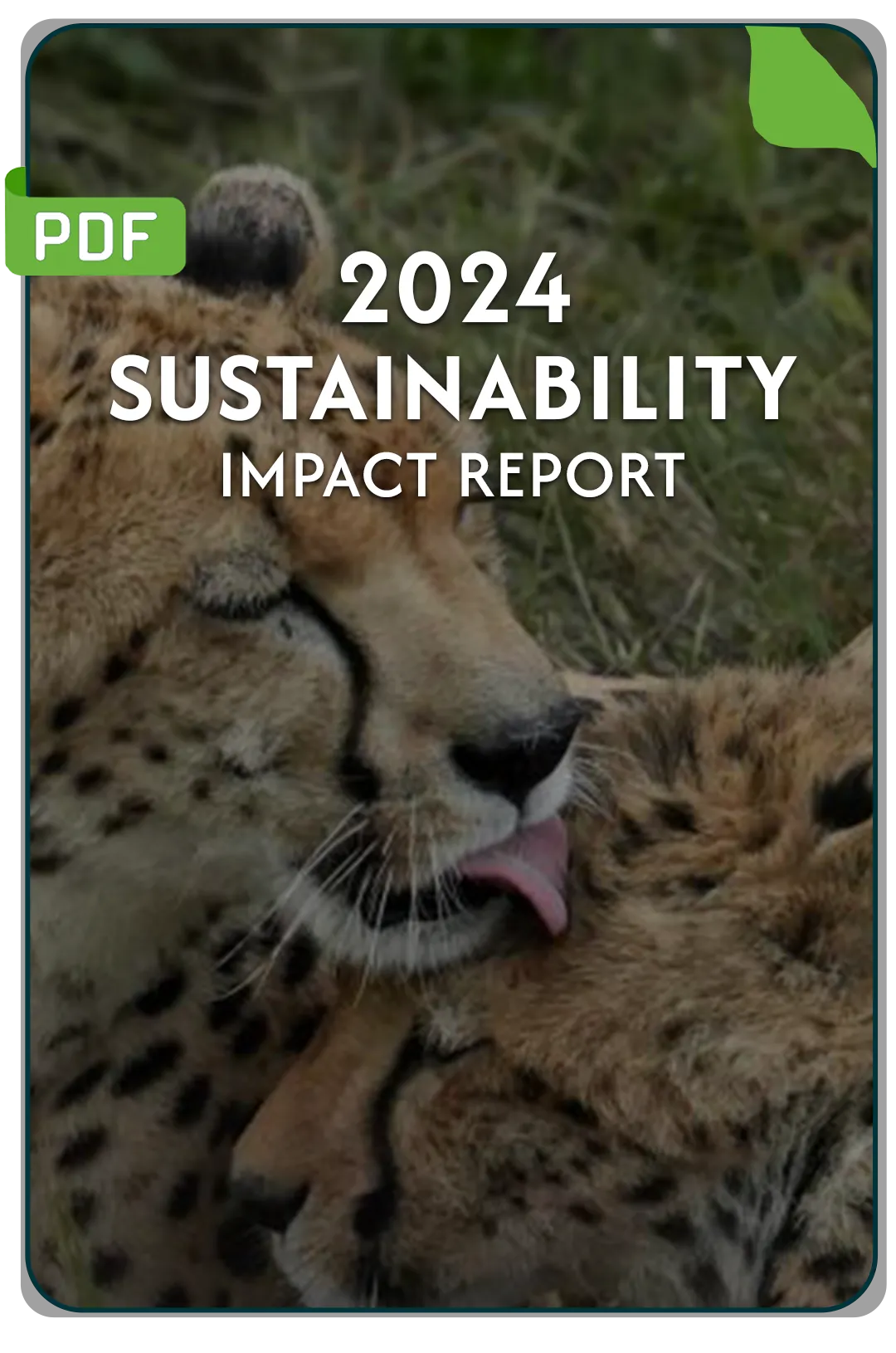






.avif)
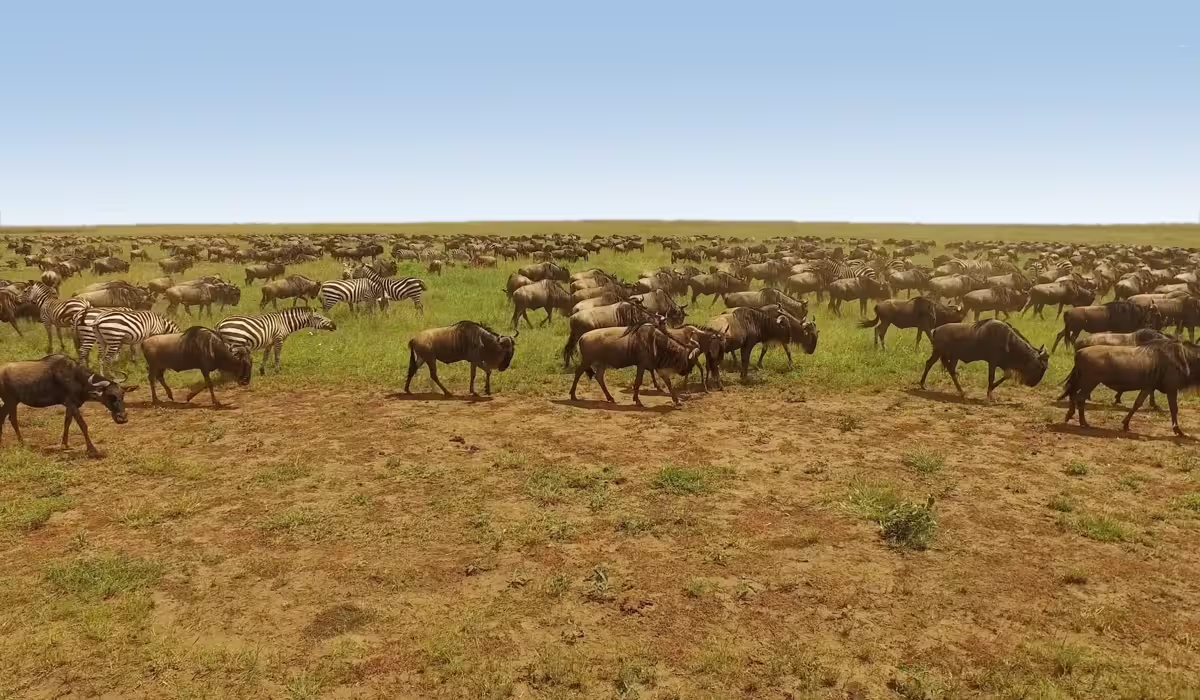

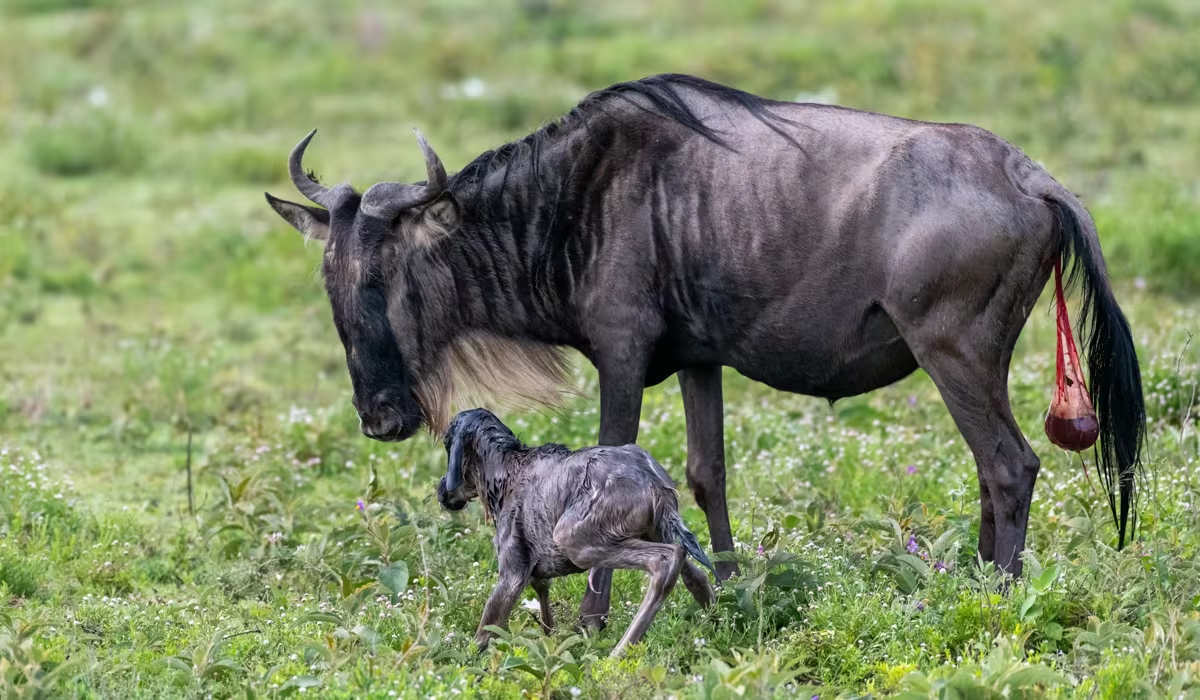
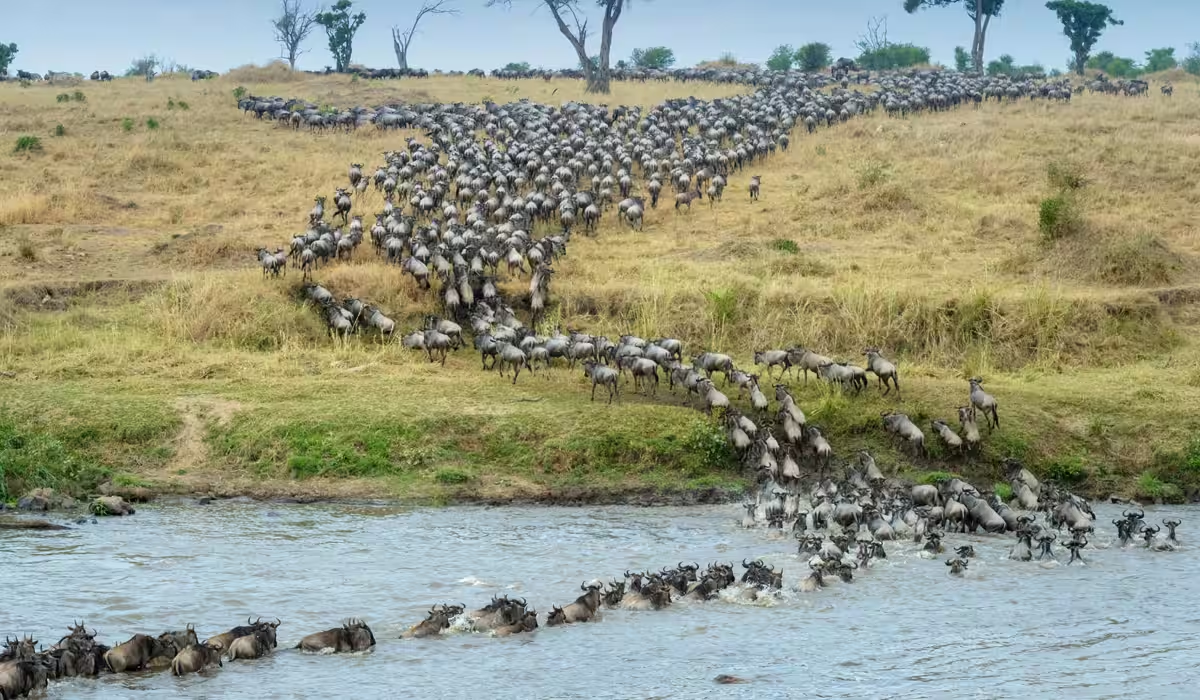
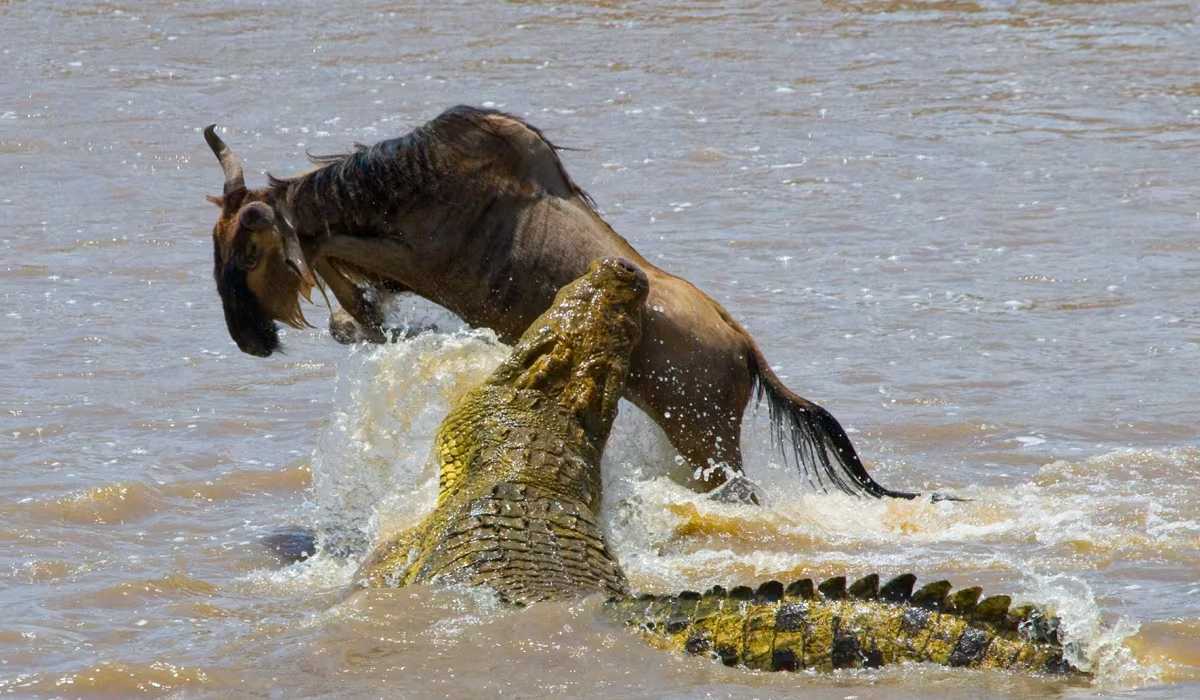
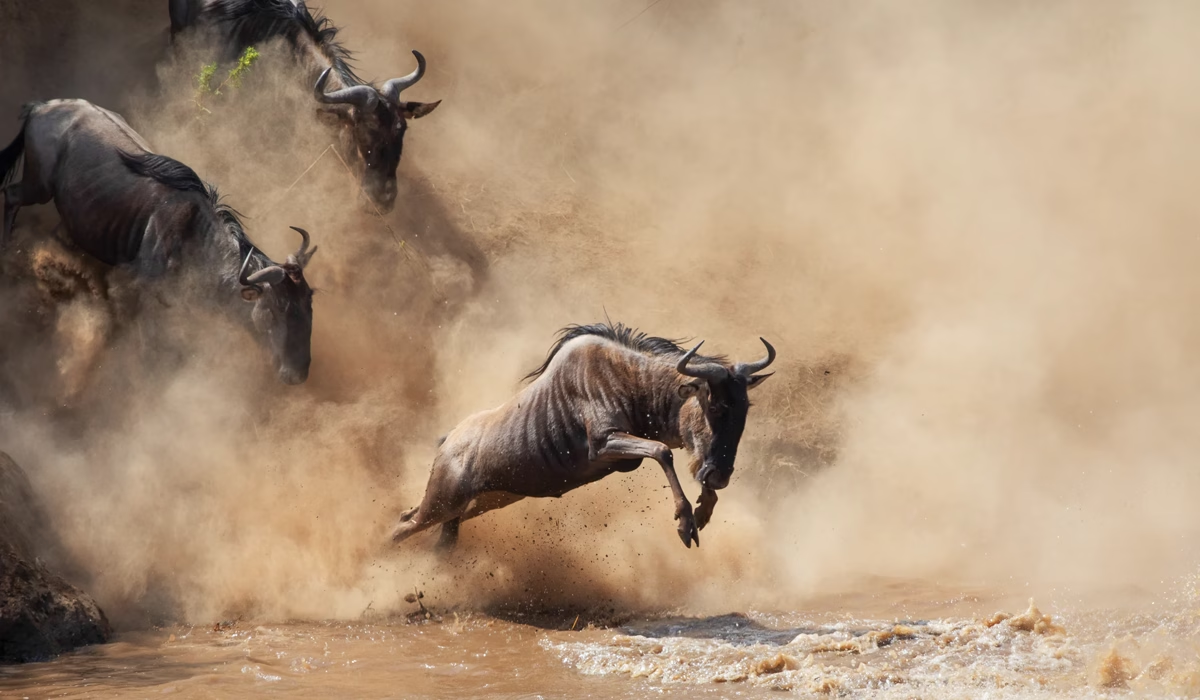
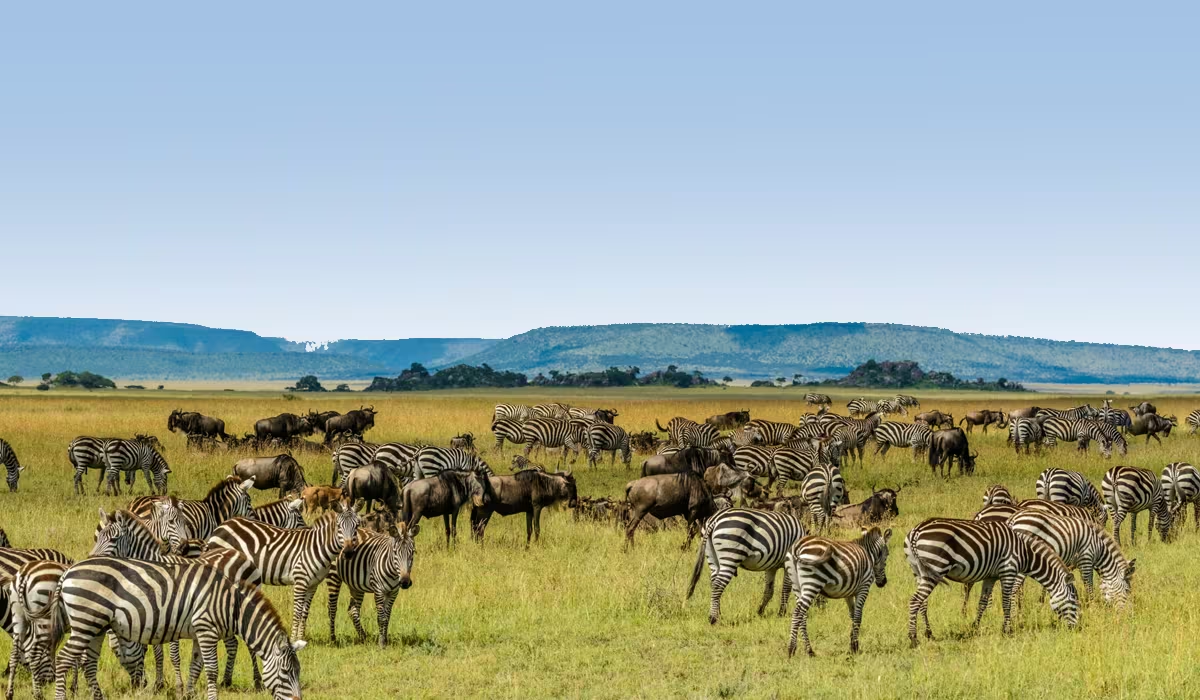
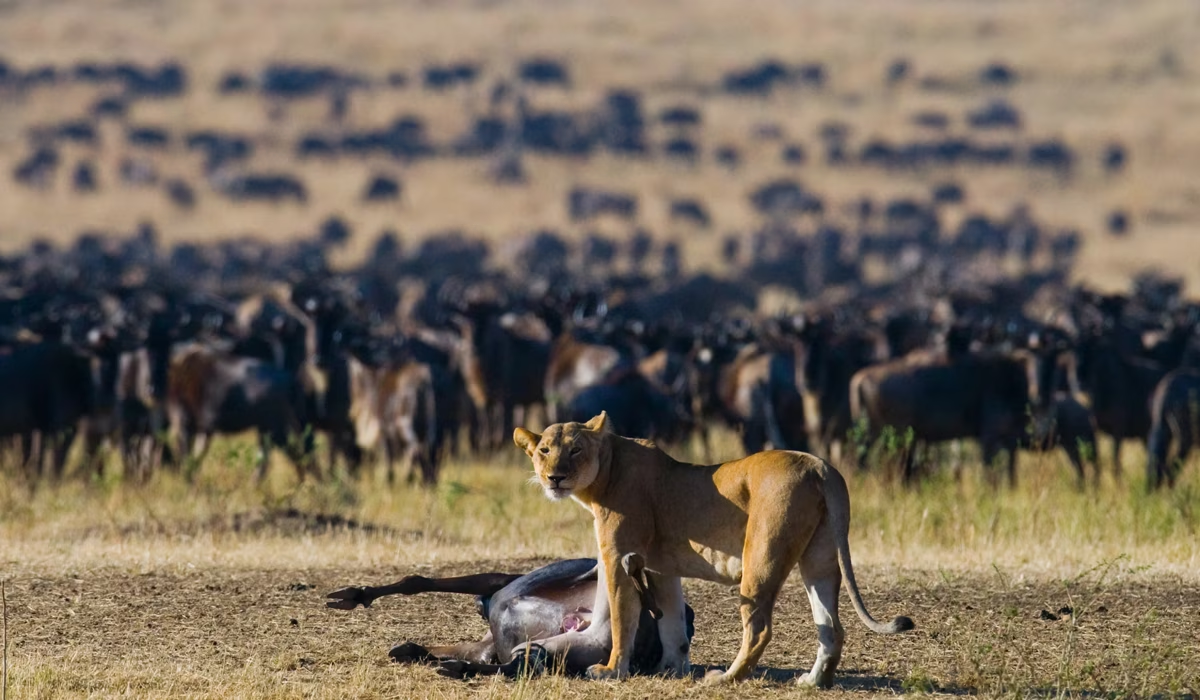




 African Scenic Safaris #1 on TripAdvisor
African Scenic Safaris #1 on TripAdvisor 




